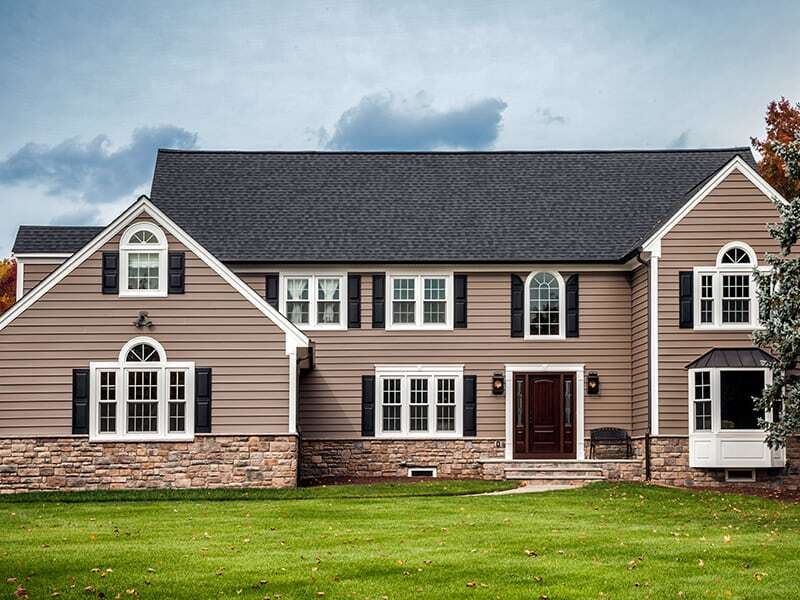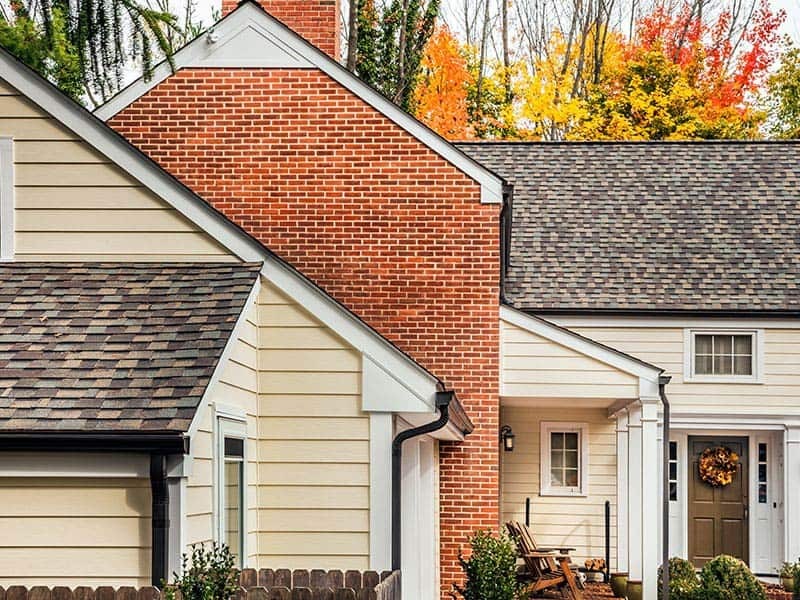- by Bellari
Siding Repair and Replacement: How to Tell Which Path Is Right

For any New Jersey homeowner, siding does more than just define your home’s appearance — it protects the structure beneath from the elements, insulates your home, and contributes to energy efficiency. But like anything exposed to weather year after year, siding doesn’t last forever.
Not sure if your siding needs attention? Here’s how to tell whether you’re due for a few repairs — or ready for a full replacement.
Signs Your Siding Needs Repair or Replacement
1. Cracking, Warping, or Loose Panels
These issues are usually more than cosmetic — they can allow water or pests to get underneath the siding and damage your home’s frame.
- Cracks may appear from impact or age
- Warped boards suggest underlying moisture problems
- Loose or missing pieces may indicate installation failure or wind damage
2. Fading or Discoloration
Sun exposure fades siding over time. Severe fading could mean your siding’s protective qualities have weakened — especially its ability to block UV rays and insulate your home.
3. Mold, Mildew, or Water Stains
Green, brown, or black streaks are signs that water isn’t draining properly — or worse, that moisture has penetrated behind the siding.
- Mold or mildew may spread to interior walls if not addressed
- Water stains often indicate hidden leaks or trapped moisture
4. High Energy Bills
Old siding paired with insufficient insulation can allow hot or cold air to escape. If your heating or cooling costs have gone up, your siding may be partially to blame.
- Drafts near walls or windows are a common red flag
- Replacing siding can improve your home’s thermal envelope
5. Interior Damage
Peeling paint, sagging drywall, or bubbling wallpaper on interior walls can result from exterior moisture intrusion.
- This is especially common on exterior-facing walls
- It could indicate that water may be seeping in through damaged siding or flashing
6. Frequent Repairs or Repainting
If you’re repainting every few years or repeatedly patching damage, investing in new siding may be more cost-effective.
- Some materials (like wood) require more upkeep than others
- Newer siding options offer fade-resistant finishes and longer warranties

Reasons to Consider Full Siding Replacement
While minor issues can sometimes be addressed with selective repairs, there are situations where full replacement is the smarter option.
You’re planning a broader renovation.
If you’re already remodeling your home’s exterior — adding a new roof, windows, or doors — coordinating a siding update can improve overall aesthetics and reduce labor duplication.
You want a new look.
Tired of your home’s current appearance? New siding materials offer a range of modern styles, including:
- Fiber cement with woodgrain texture
- Vertical panels for a contemporary look
- Shakes and scallops for added visual interest
You’re preparing to sell.
New siding boosts curb appeal and increases resale value. It signals to potential buyers that the home is well-maintained, and saves them from having to do it themselves.
The Value of Hiring a Professional
While siding may look like a surface-level project, proper installation requires knowledge of:
Water management and flashing
Local building codes and permit requirements
Insulation, sheathing, and vapor barriers
A licensed New Jersey remodeling contractor can inspect your current siding, recommend options based on your budget and climate, and ensure the installation is done right the first time.
Material Options to Consider
If you’re exploring replacement, here are some of today’s most popular siding materials:
Vinyl: Affordable, low-maintenance, and available in many colors
Fiber Cement: Durable, fire-resistant, and mimics real wood
Engineered Wood: Combines natural texture with enhanced durability
Composite or PVC: Resistant to moisture, pests, and weathering
Each has its own pros and cons, depending on your goals, budget, and home style.
Added Value Beyond Monthly Savings
Your siding does a lot of heavy lifting — protecting your home from weather, pests, and energy loss while keeping it looking sharp. As a homeowner, it’s important to recognize when it’s time to stop patching and start planning for a smarter, long-term solution.
If you’re planning to use a professional contractor, schedule a consultation with the pros at Bellari today to discuss your siding project and any permitting requirements. We’ve been serving the needs of New Jersey homeowners since 1950 and look forward to helping you.




